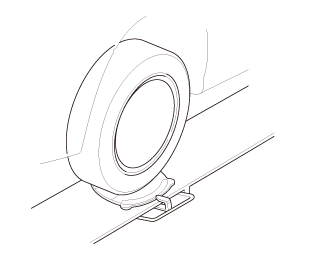Honda Civic Service Manual: Front Wheel Bolt Removal and Installation (Si models)

| 1. | Vehicle Lift |
|
| 2. | Front Wheel |
|
|
|
| 3. | Front Brake Caliper - Detach |
|
|
|
||||||||||||||||||||
| 4. | Front Wheel Speed Sensor - Move |
|
|
|
||||||
| 5. | Driveshaft Spindle Nut, Front Left |
|
|
|
| 6. | Front Brake Disc |
|
|
|
||||||
| 7. | Ball Joint - Removal |
|
|
Always use a ball joint remover to disconnect a ball joint. Do not strike the housing or any other part of the ball joint connection to disconnect it.
|
||||||
|
|
|
|
|
|
||||||||||||||||||||||||||||||||
| 8. | Tie-Rod End Ball Joint - Disconnection |
|
|
|
| 9. | Lower Ball Joint Lower Arm Side - Disconnection |
|
|
|
| 10. | Front Knuckle/Hub Assembly |
|
|
|
|||||||||
| 11. | Front Lower Ball Joint |
|
|
|
| 12. | Front Wheel Hub |
|
|
|
||||||
|
|
|
| 13. | Front Splash Guard and Snap Ring |
|
|
|
| 14. | Front Wheel Bearing |
|
|
|
| 15. | Front Wheel Bolt |
|
|
|

|
NOTE: If you cannot tighten the wheel nut to the specified torque when installing the wheel, replace the front hub bearing unit as an assembly. |
| 1. | Front Wheel Bolt |
|
|
|
||||||||||||||||||||||||
| 2. | Front Wheel Bearing |
|
Except 17, 18 inch wheel type
17, 18 inch wheel type
|
|
|||||||||
| 3. | Front Splash Guard and Snap Ring |
|
|
|
| 4. | Front Wheel Hub |
|
Except 17, 18 inch wheel type
17, 18 inch wheel type
|
|
||||||
| 5. | Front Lower Ball Joint |
|
Except 18 inch wheels
18 inch wheel
|
|
||||||||||||
| 6. | Front Knuckle/Hub Assembly |
|
Except 18 inch wheel
18 inch wheel
|
|
||||||
| 7. | Lower Ball Joint Lower Arm Side - Reconnection |
|
|
|
| 8. | Tie-Rod End Ball Joint - Reconnection |
|
|
|
| 9. | Front Brake Disc |
|
|
|
||||||
| 10. | Driveshaft Spindle Nut, Front Left |
|
|
|
| 11. | Front Wheel Speed Sensor - Move |
|
|
|
| 12. | Front Brake Caliper - Reattach |
|
|
|
| 13. | Front Wheel |
|
|
|
||||||
| 14. | Pre-Alignment Checks |
|
| 15. | Caster - Inspection |
|
|||||||||||||||||||||||||||||||||||||||||||||||
| 16. | Camber - Inspection |
|
||||||||||||||||||||||||||||||||||||||||||||||||||||||||||||||||||||||||||||||||||||||
| 17. | Front Toe - Inspection |
|
|||||||||||||||||||||||||
| 18. | Turning Angle - Inspection |
|
|
|
|||||||||||||||||||||||||||||||||||||||||||||||||||||||||||||||||||||||||||||||||||||||||
|
|
|
|||||||||||||||||||||||||||||||||||||||||||||||||||||||||
 Front Wheel Bolt Removal and Installation (Except Si models)
Front Wheel Bolt Removal and Installation (Except Si models)
4151B0 LEFT FRONT
4151B1 RIGHT FRONT
1.
Vehicle Lift
1.
Raise the vehicle on a lift, and make sure it is securely suppor ...
 Wheel Runout Inspection
Wheel Runout Inspection
1.
Vehicle Lift
1.
Raise the vehicle on a lift, and make sure it is securely supported.
2. ...
See also:
Honda Civic Owners Manual. Displaying Messages
Displaying text messages
Go to the Phone menu screen.
Select Text/Email.
Select account if necessary.
Select a message.
The text message is displayed. The
system automatically starts reading the
message aloud.
Displaying Mes ...

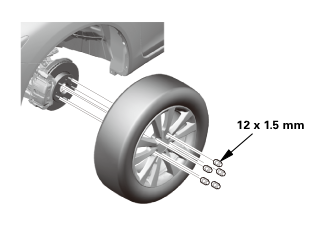
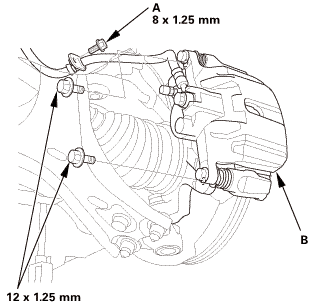 115mm
115mm
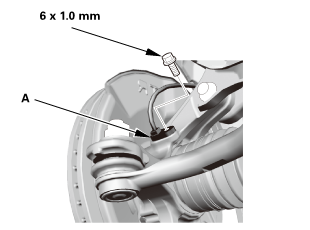
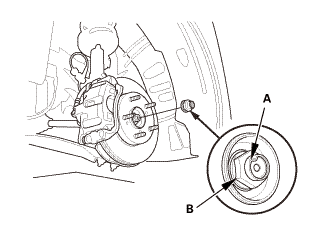
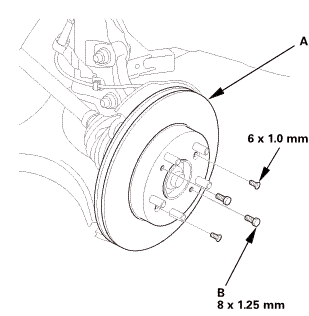
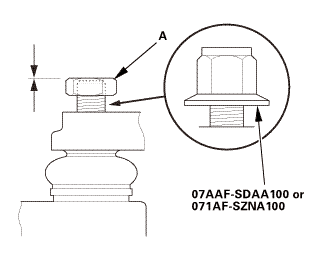

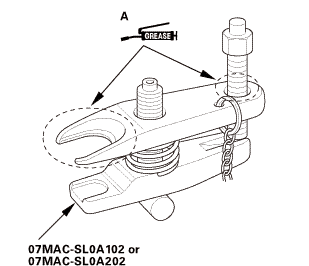 ov
ov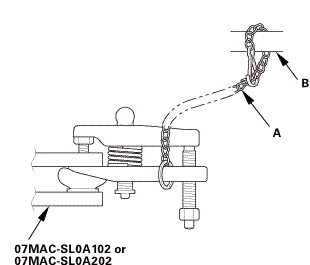 wmae-sldaidz
wmae-sldaidz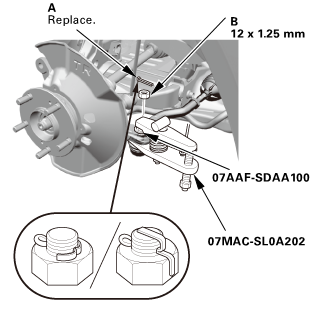
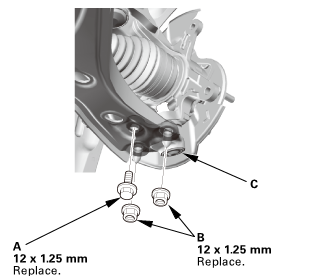 i225
i225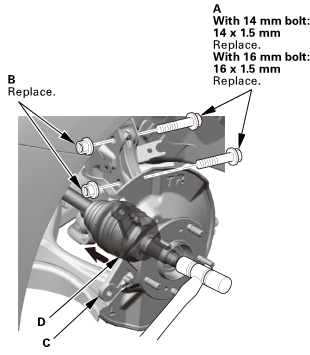 v\r.n.v\r.n.ii
v\r.n.v\r.n.ii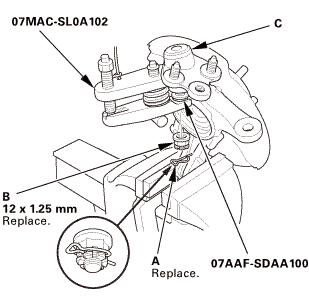
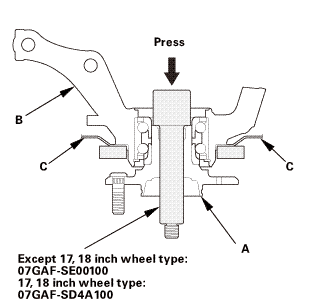 i7.wheelo7gafsma1oo
i7.wheelo7gafsma1oo pun17,1:il7gafsei!i)li)il17,1:
pun17,1:il7gafsei!i)li)il17,1: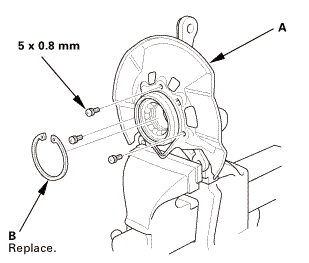
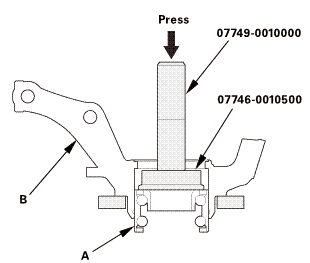 pressn774somosno
pressn774somosno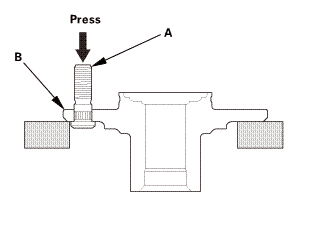
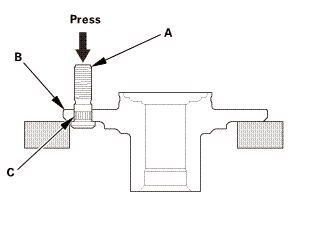
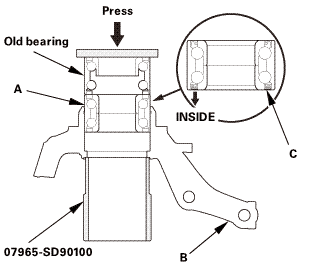
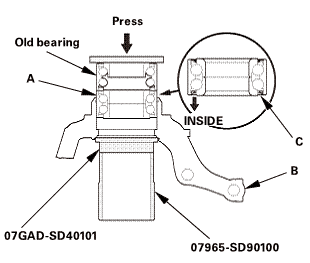
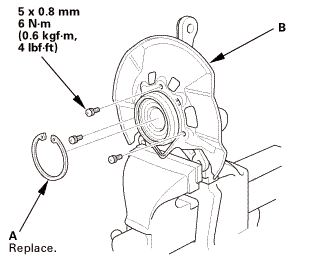
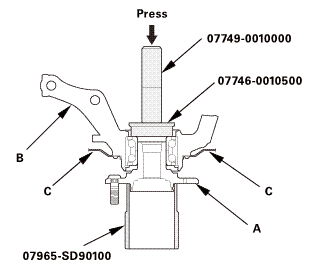
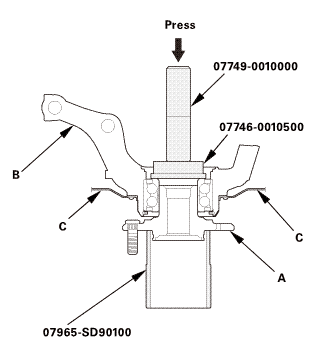 press
press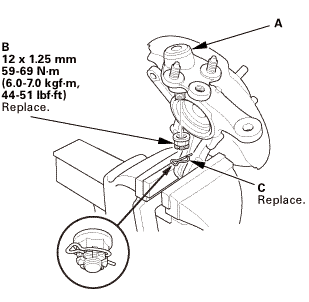
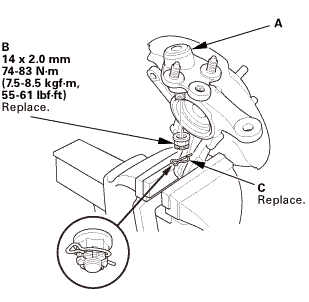
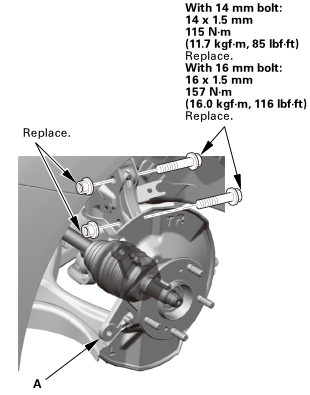 wmmmmmm115mmm.1immwmmmmmm151mmm,mwu
wmmmmmm115mmm.1immwmmmmmm151mmm,mwu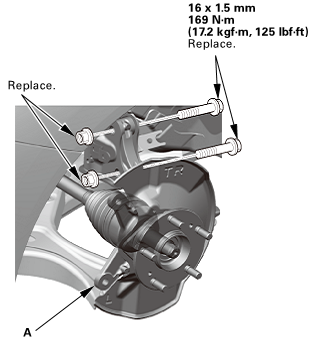 inmminu-m(17.2125
inmminu-m(17.2125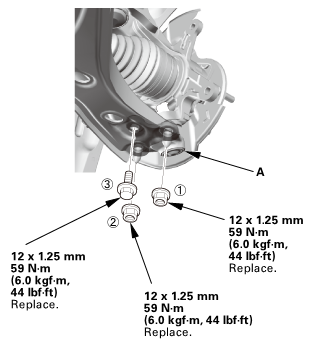 55(ini15mm(skg!m,12x125mm
55(ini15mm(skg!m,12x125mm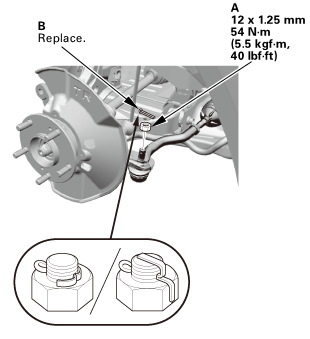 i2mmonum
i2mmonum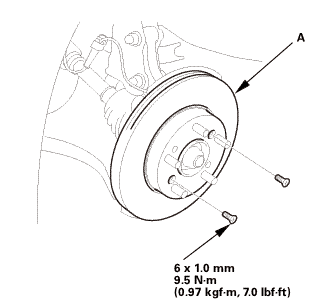
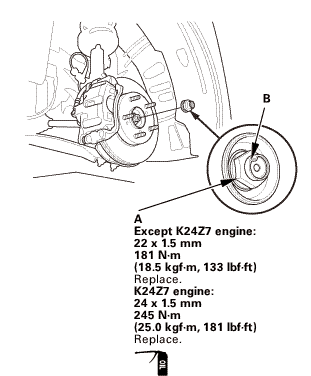 22x15mm15mm
22x15mm15mm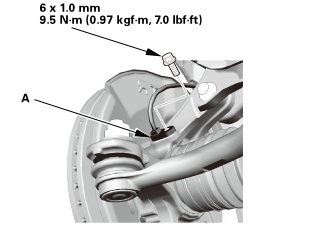 lomm
lomm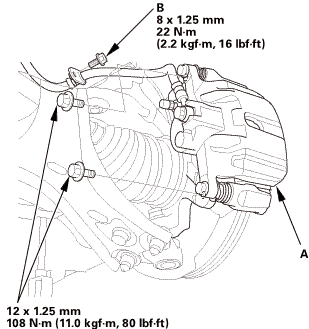 mm
mm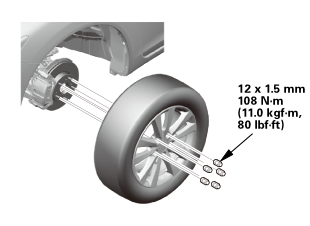 mmmln-mnomm
mmmln-mnomm